Forest Biodiversity (Volume I)
Synopsis
Biodiversity is the basis of human survival, and economic development as it provides a large number of goods, and services, that sustain our lives. It is the combination, of life forms, and their interactions, with one another, and with the rest of the environment, that has made earth, a unique place for human habitation. In the developing world, biodiversity provides the assurance of food, countless raw materials such as fibre for clothing, materials for shelter, fertilizer, fuel, medicines and other necessities. In addition, biodiversity maintains the ecological balance necessary for planetary and human survival. Besides law enforcing forces and regulations of the governments, it is always better to involve the people in a "Participatory Mode" including tribal people, farmers, ecologists, illiterate villagers for the conservation and protection of biodiversity wealth of our great nation. On the eve of the twenty first century, the challenge for the global community is not to save biodiversity for its own sake, but to ensure that biodiversity is managed and used sustainably and equitably for the human development. Being brought out in two volumes, they examine the various aspects of forest biodiversity with special focus on the species composition, species diversity, dominance, reproductive biology and a crystal clear paper on the exploitation, conservation and management of biodiversity resources. The reader could get a vast knowledge on the basic aspects of the importance of biodiversity and its conservation. Exclusive papers are presented in these volumes with particular reference to medicinal plants and its conservation. The chapters dealing with medicinal plants includes the distribution pattern of the endemic medicinal plants, genetic diversity among the medicinal plants, threats to the valuable traditional plant community and traditional knowledge systems on the medicinal plants. VAM fungal association on shrubs and trees and its crucial role in the recycling of nutrients in the forest biodiversity has been dealt exuberantly. Some of the papers give a detailed account of the diversity of birds and animals. The role of sacred groves in the conservation of forest biodiversity and the sustainable use of NTFP from the forests gives the readers an excellent platform to gain knowledge on the above two. Finally, with regards to the management of forest biodiversity, exclusive papers on the topics of PBR, IPR, socio-economic aspects and policy options for the conservation of forest biodiversity are elaborately discussed. The e merging field of biodiversity is filled with full of challenges, opportunities and provides great potential for the upcoming aspiring students, scholars and researchers.
Read more
70.20
63.18
$
78.00 $
Free delivery Wolrdwidе in 10-18 days
Ships in 1-2 days from New Delhi
Membership for 1 Year $35.00
Get it now and save 10%
Get it now and save 10%
BECOME A MEMBER
Books by the same authors
-
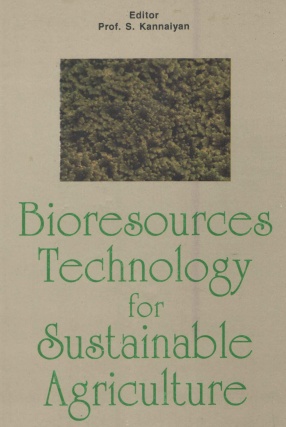
Bioresources Technology for Sustainable Agriculture
-

Rice Management Biotechnology
-

Intellectual Property Rights in Horticulture
-
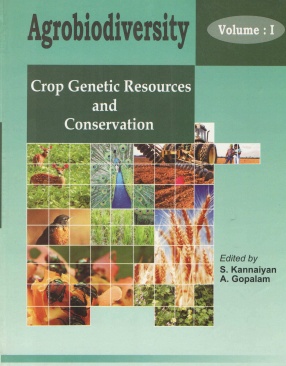
Agrobiodiversity: Crop Genetic Resources and Conservation (Volume I)
-

Envisioning Agricultural Education in India (Volume I)
-
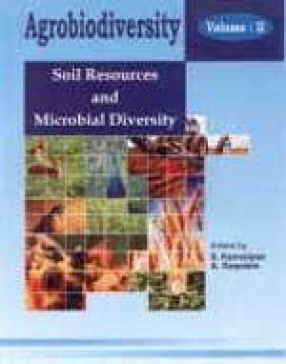
Agrobiodiversity: Soil Resources and Microbial Diversity (Volume II)
-
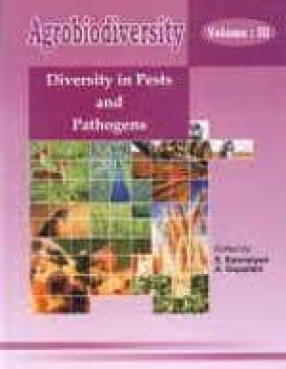
Agrobiodiversity: Diversity in Pests and Pathogens (Volume III)
-
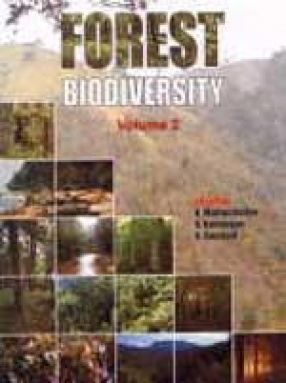
Forest Biodiversity (Volume II)
-
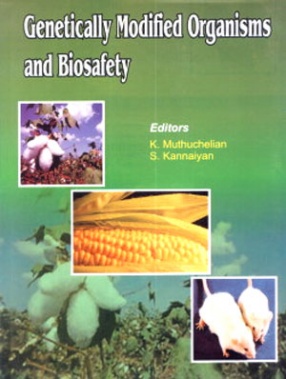
Genetically Modified Organisms and Biosafety
-
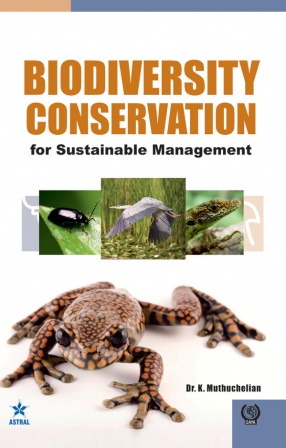
Biodiversity Conservation for Sustainable Management
-
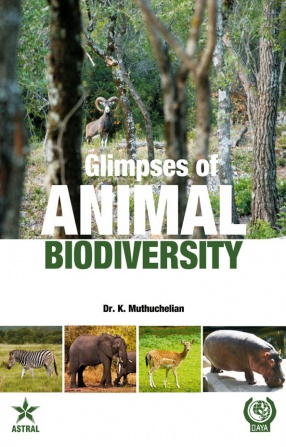
Glimpses of Animal Biodiversity

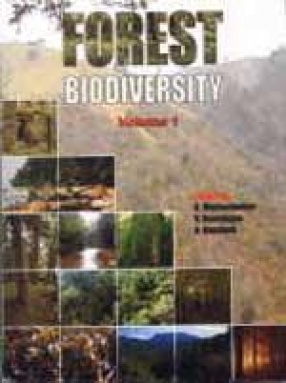
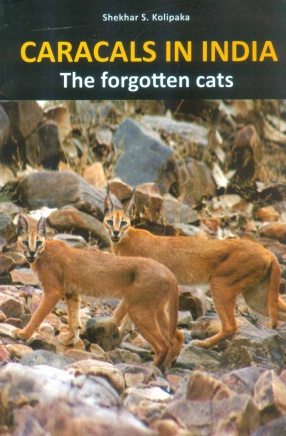
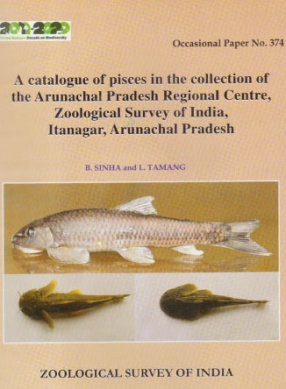

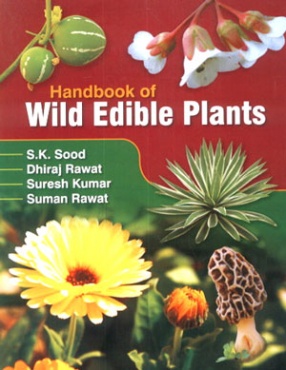

Bibliographic information
A. Gopalam
K. Muthuchelian